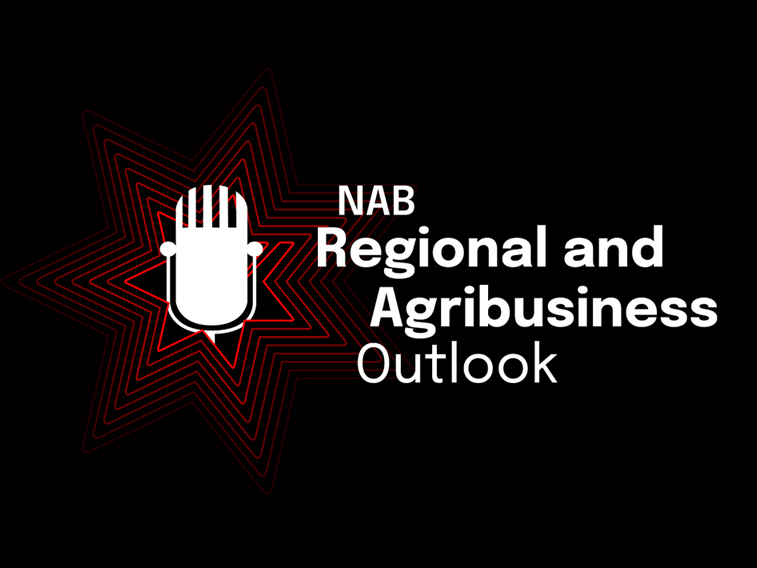Take a closer look at Australia’s Farm Management Deposits scheme with NAB senior leaders.

Podcast
Mark Wootton and Eve Kantor have spent almost 20 years building up their carbon neutral sheep and cattle farm. Wootton explains how planting almost a million trees helped to double the carrying capacity of their 6700 hectares and boost their profitability.

Carbon farming means using farming methods that reduce greenhouse gas emissions or capture and holds carbon in vegetation and soils. It can range from a single change in land management, such as introducing no-till cultivation or grazing management, to a whole-of-farm integrated plan.
Sheep and cattle farmer Mark Wootton and his wife Eve Kantor have spent almost 20 years building up an integrated, productive and profitable carbon neutral farming enterprise.
“In our experience, managing carbon makes economic sense,” he says.
The couple bought their first farm in western Victoria in 1996. Over time they added 12 adjoining properties to create a 6700-hectare family property they named Jigsaw Farms. They have more than doubled the original carrying capacity of the land to run close to 60,000 sheep and lambs and 1000 head of cattle. They are also in the top 5 percent of farmers in the district in terms of productivity despite revegetating more than 20 percent of their land with indigenous trees, shrubs and timber species.
“I know some farmers would see that as taking farmland out of production, but developing the non-pasture areas of the farm for biodiversity, agroforestry, wetlands and waterways is improving our productivity, not reducing it,” says Wootton.
As well as building a substantial carbon sink the trees provide shelter for stock and, by reducing the wind chill factor, assist the pasture itself.
The trees are also generating a future source of income. When the trees reach 25 years old, Wootton plans to harvest them for speciality and structural projects such as boats, high-quality floorboards and furniture or the veneer market.
“When we started out we were both still teachers,” says Wootton. “We didn’t grow up as farmers and I think that helped us to be open to new ideas.”
Wootton estimates that, thanks to the million or so trees they planted, the farm is effectively carbon positive.
He and Kantor have sold wool for Italian carbon-neutral Quatha fashions through The Merino Company.
“We provided offsets through tree planting – 84 bales of 19 micrometre wool equated to 830 tonnes of carbon equivalents needing to be offset,” Wootton explains.
They also have a contract with Greenfleet, an organisation that pays farmers to plant trees on behalf of individual motorists and fleet owners who want to offset their vehicles’ greenhouse gas emissions.
“We’re facing changes in government policy, so financial incentives for reducing greenhouse emissions from farms are up in the air at the moment,” Wootton continues. “The bottom line is that taking action to reduce emissions has to stack up in its own right and provide real benefits on the farm.”
Wootton and Kantor have developed an integrated approach to reducing carbon emissions, particularly methane, which constitutes the bulk of their carbon output.
“One important factor is improving fecundity,” says Wootton. “When you increase the number of lambs or calves produced by each breeding animal you lower your emissions intensity. You also increase your profits because the breeding animals convert feed more efficiently and so costs less to run.”
Wootton is keen for farmers to understand how the carbon cycle works and the impact of their farming methods.
“The Australian Farm Institute has a suite of online carbon farming tools to calculate your farm’s greenhouse gas emissions,” he says. “You can also estimate the financial performance of a range of different on-farm emission reduction activities so you can see for yourself how carbon sense makes economic sense.”
For more information about carbon farming visit agriculture.gov.au/climatechangemycarbonfarming.com.au or futurefarmers.com.au/young-carbon-farmers
More from NAB:
© National Australia Bank Limited. ABN 12 004 044 937 AFSL and Australian Credit Licence 230686.